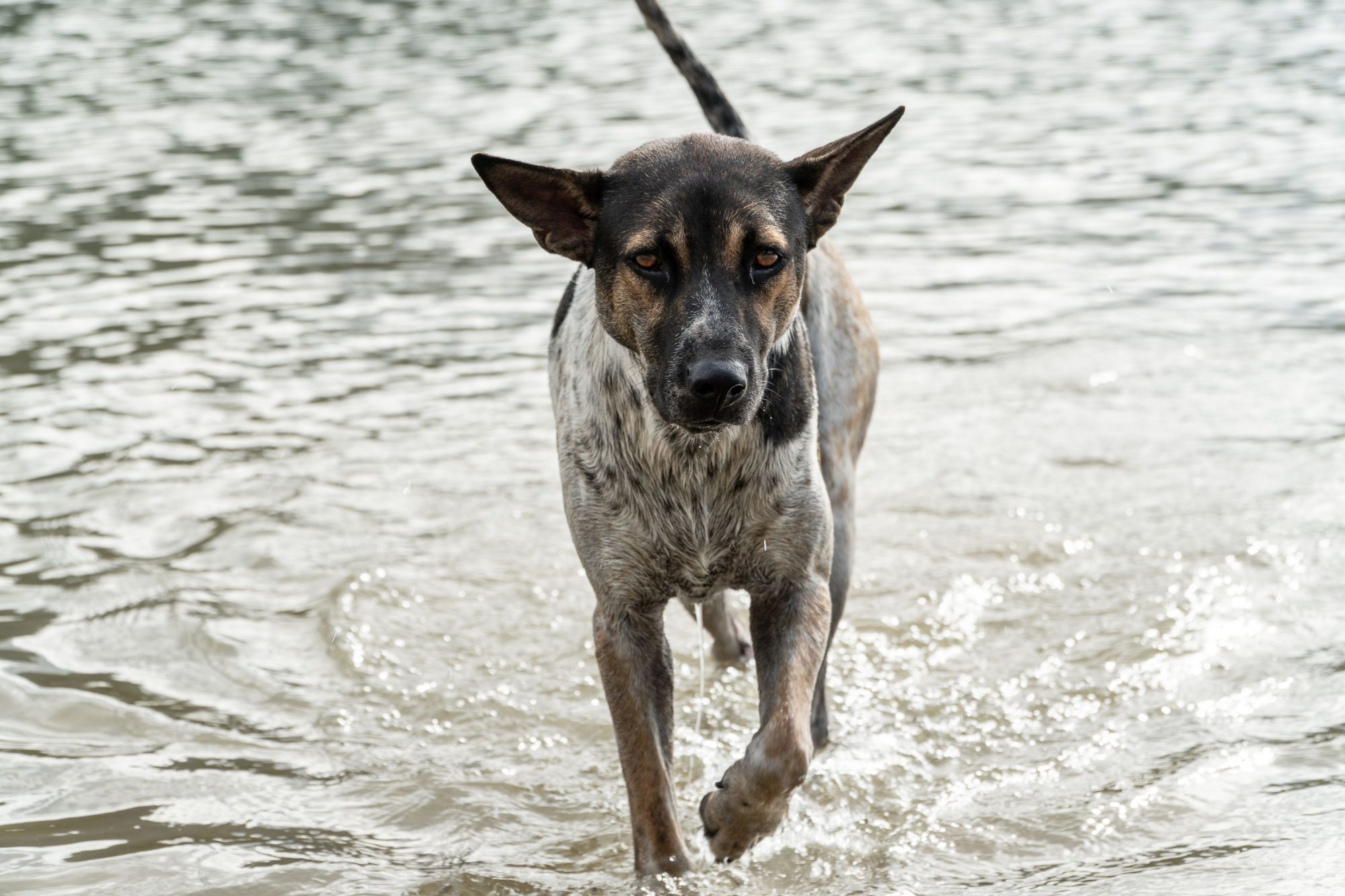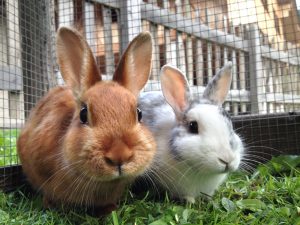Posts Tagged: Zoonotic Diseases
The Danger of Leptospirosis in Dogs

Leptospirosis is a disease caused by Leptospira bacteria, which are found worldwide in soil and water. Numerous strains of these bacteria can cause illness, affecting a wide range of mammals, including dogs, people, livestock, and certain wildlife. While cats can also get sick, such cases are rare.
The Leptospirosis vaccine a core part of our dog vaccination program after reports of the disease emerged in Colorado. We took this step due to the risk it poses to dogs and its potential to spread to humans.
Continue…How Zoonotic Diseases Can Affect Your Pet and You
 There’s no question that pets bring joy, laughter, and a depth of feeling to our lives that is hard to find anywhere else. Unfortunately, they can occasionally bring illness in the form of zoonotic diseases, as well.
There’s no question that pets bring joy, laughter, and a depth of feeling to our lives that is hard to find anywhere else. Unfortunately, they can occasionally bring illness in the form of zoonotic diseases, as well.
A zoonotic disease is one that can be passed from animals to people, or vice versa. Dogs, cats, horses, rabbits, birds, cattle, pigs, rodents and wild animals can all potentially spread disease to humans. Fortunately, even though there are over one hundred known zoonotic diseases in the world at large, most are not found in the United States, thanks to good hygiene and modern veterinary care.
Even though your chances of catching a disease from your pet are low, it’s important to understand the risks associated with zoonotic diseases and how you can protect yourself and your family.
Tularemia Is Called “Rabbit Fever” For a Reason

What Is Tularemia?
Tularemia, also known as rabbit fever, is an infectious disease caused by the bacterium Francisella tularensis.
Tularemia can also be contracted by inhaling airborne bacteria, eating an infected rabbit, drinking water or food contaminated by an infected animal, or contact with contaminated grass or soil.
What Causes Tularemia?
The bacterium causing Tularemia is Francisella tularensis, and is found worldwide in a variety of wild animals, birds and insects. The most common carriers, however, are rabbits and rodents. Continue…



